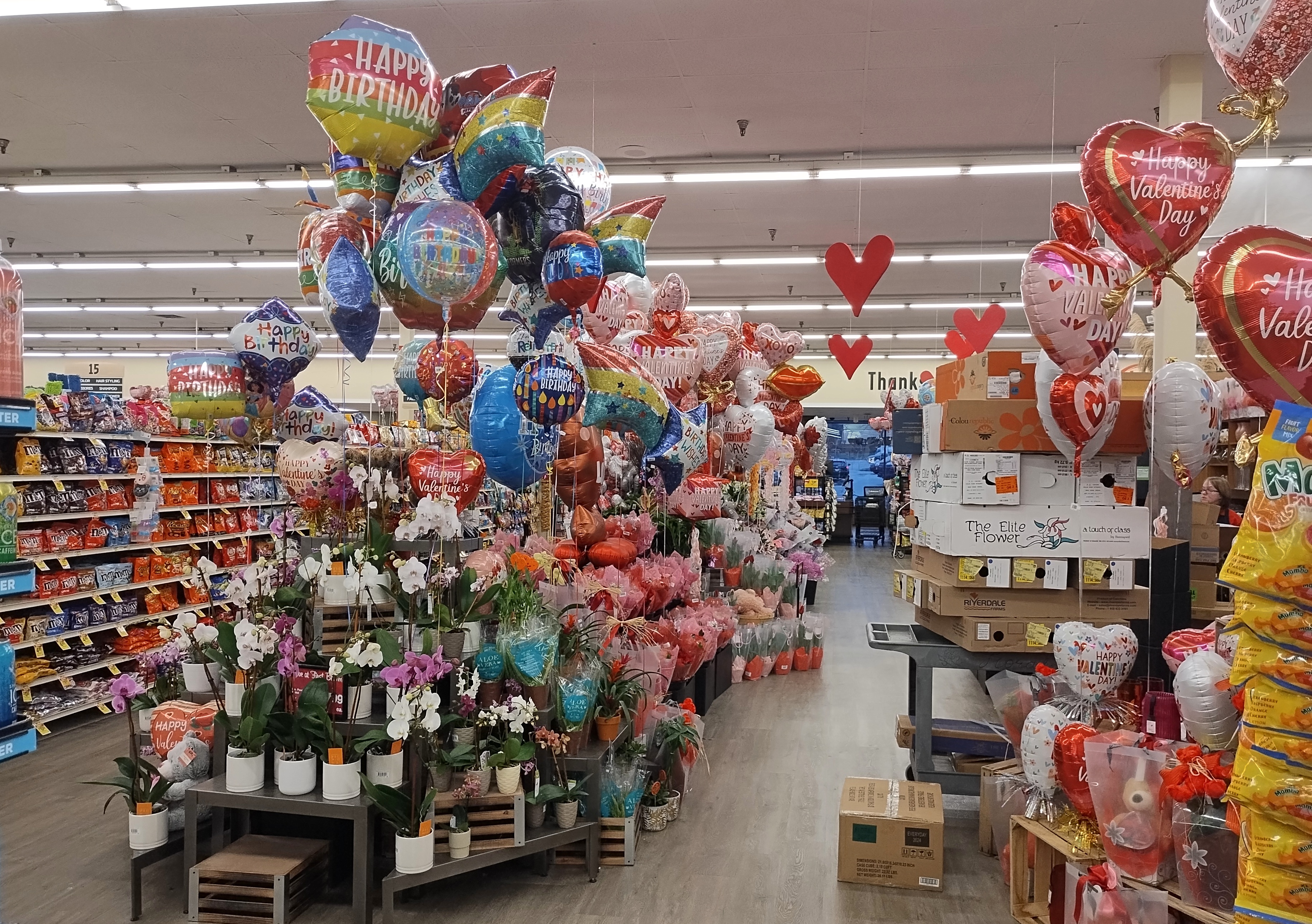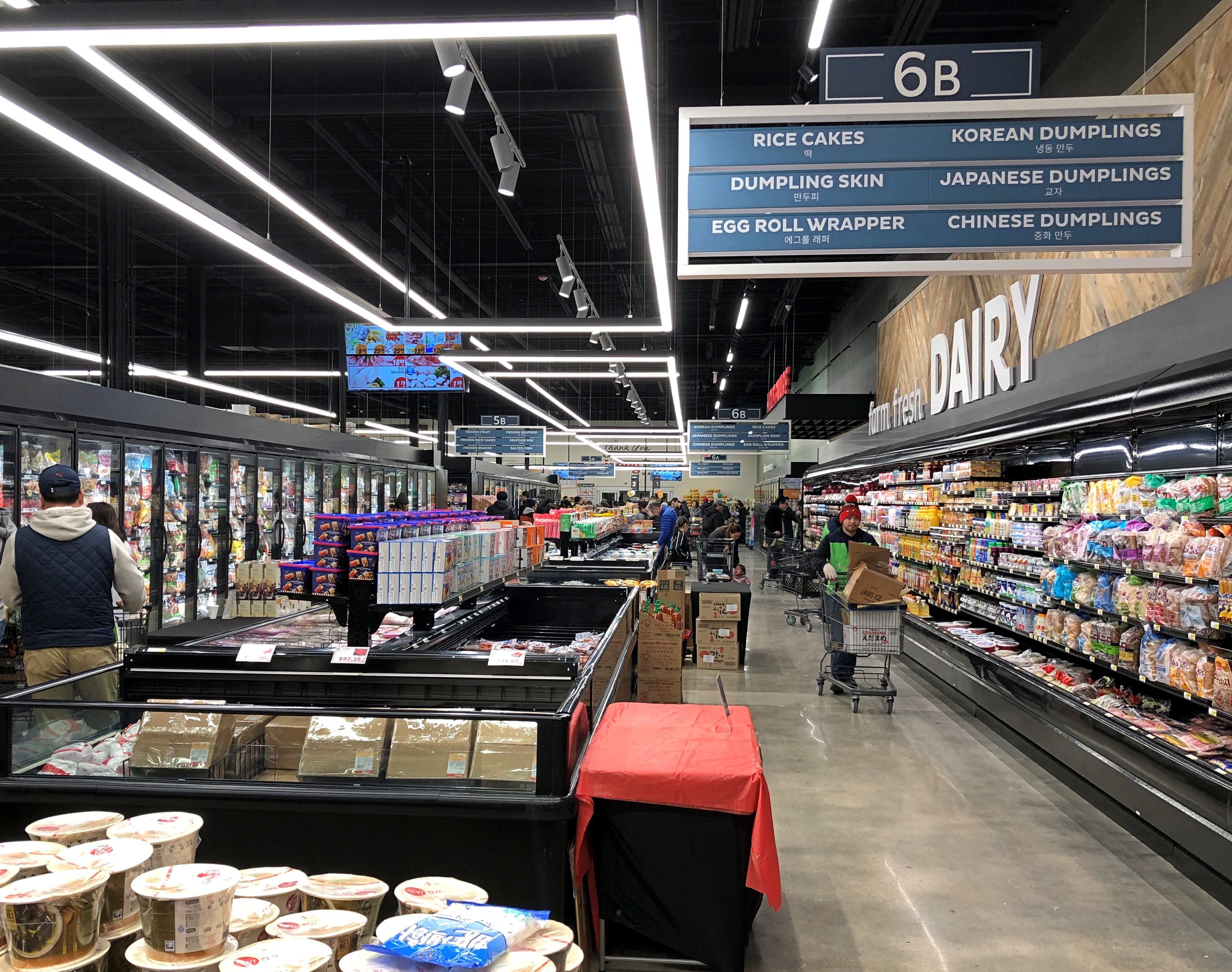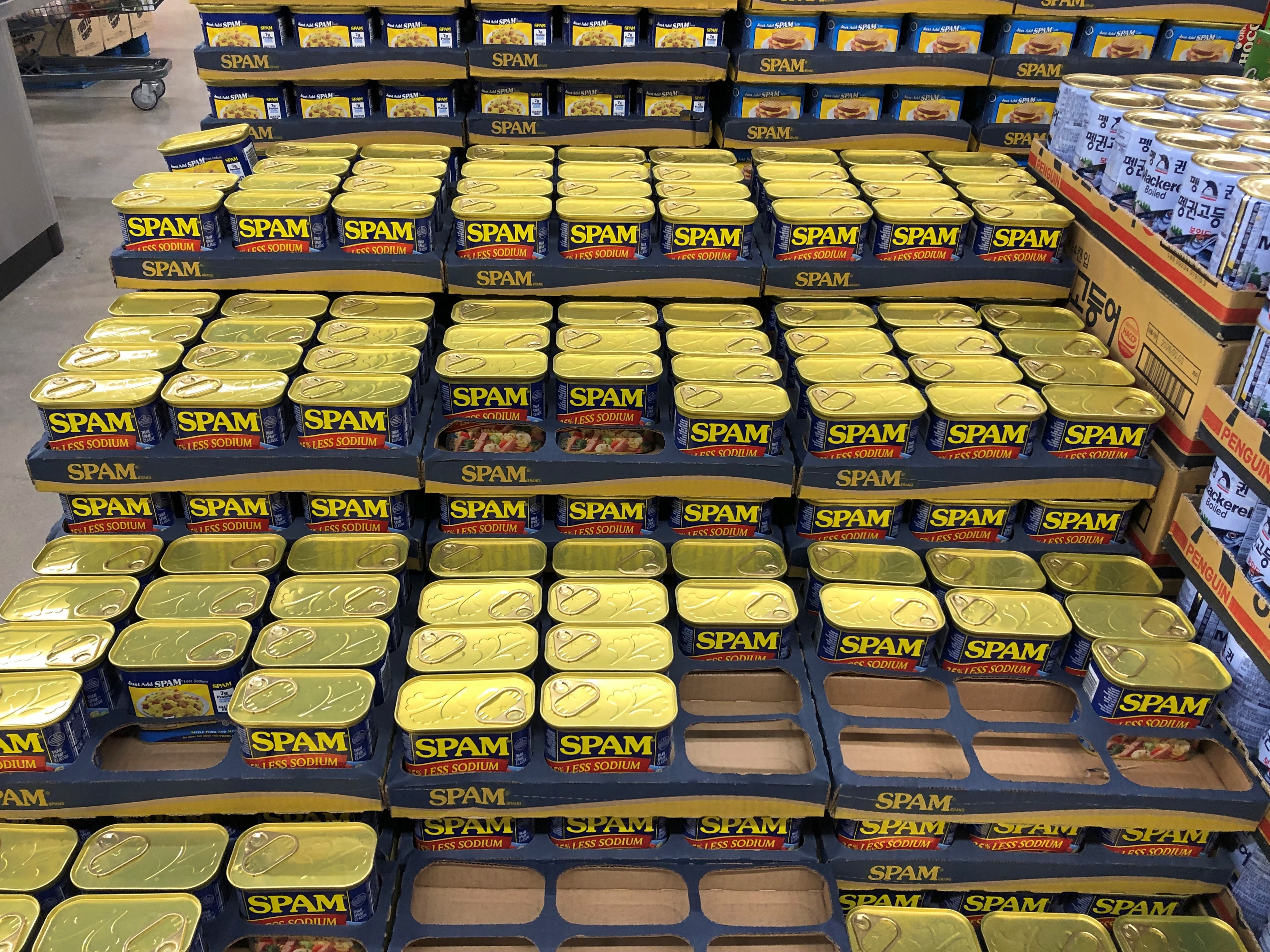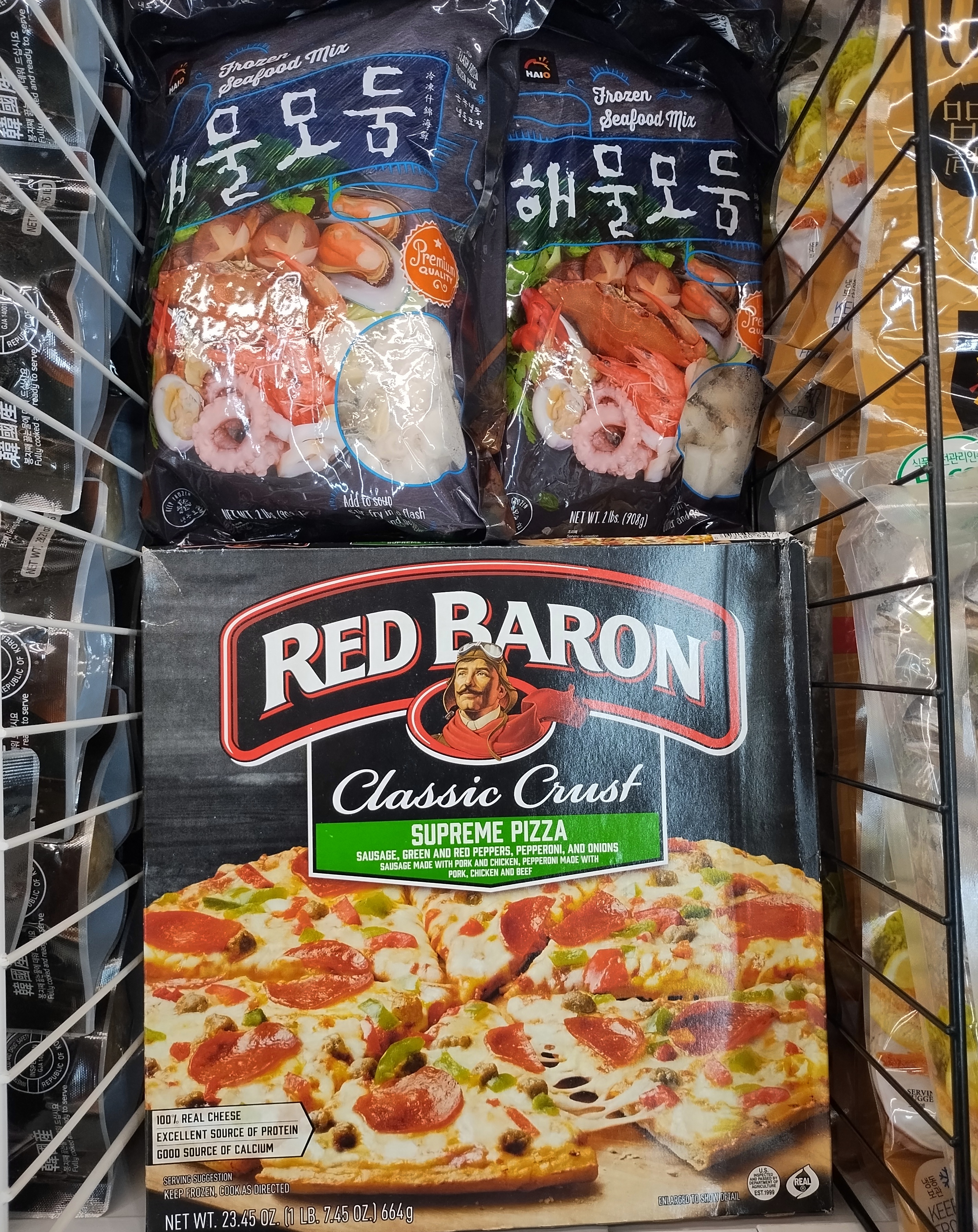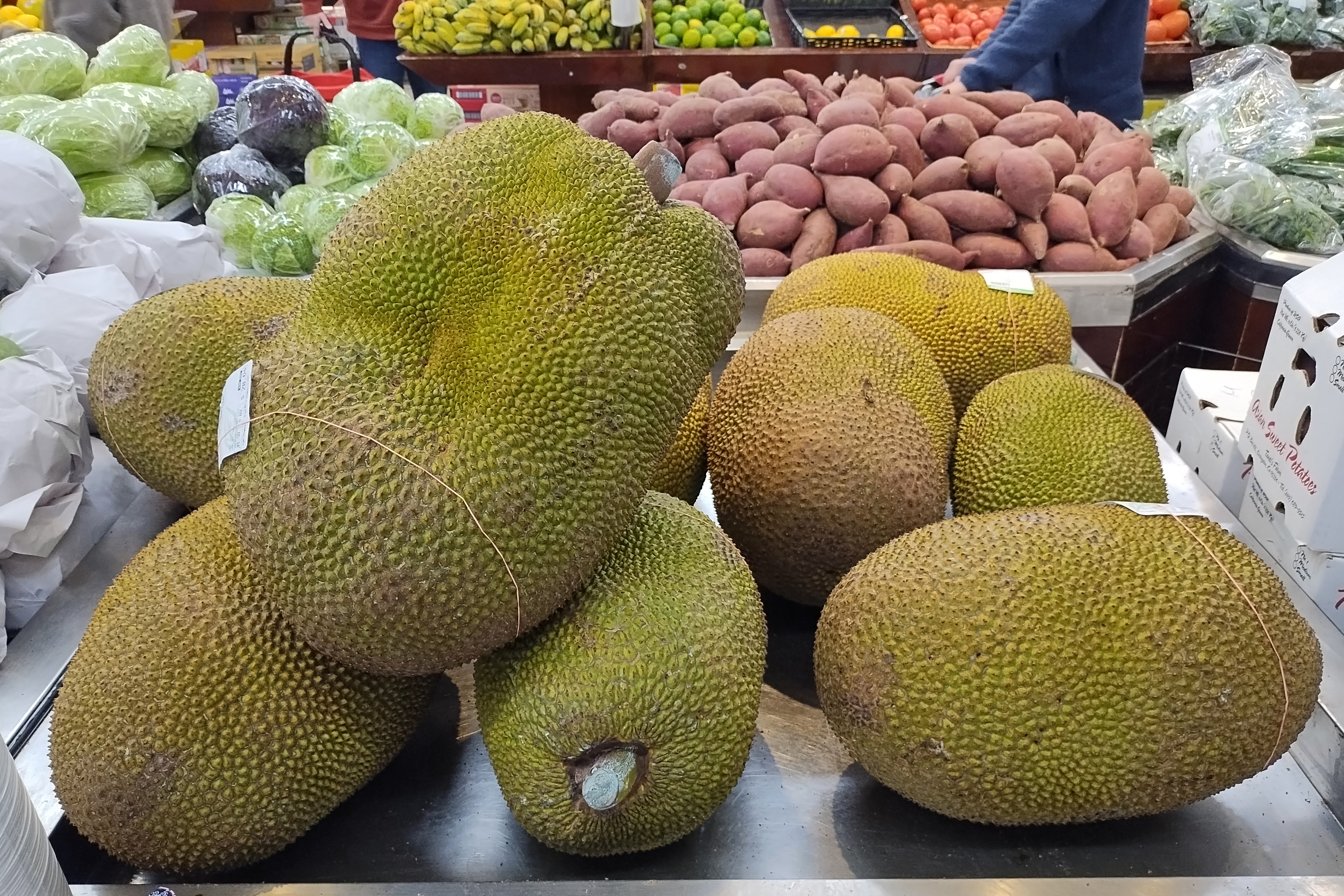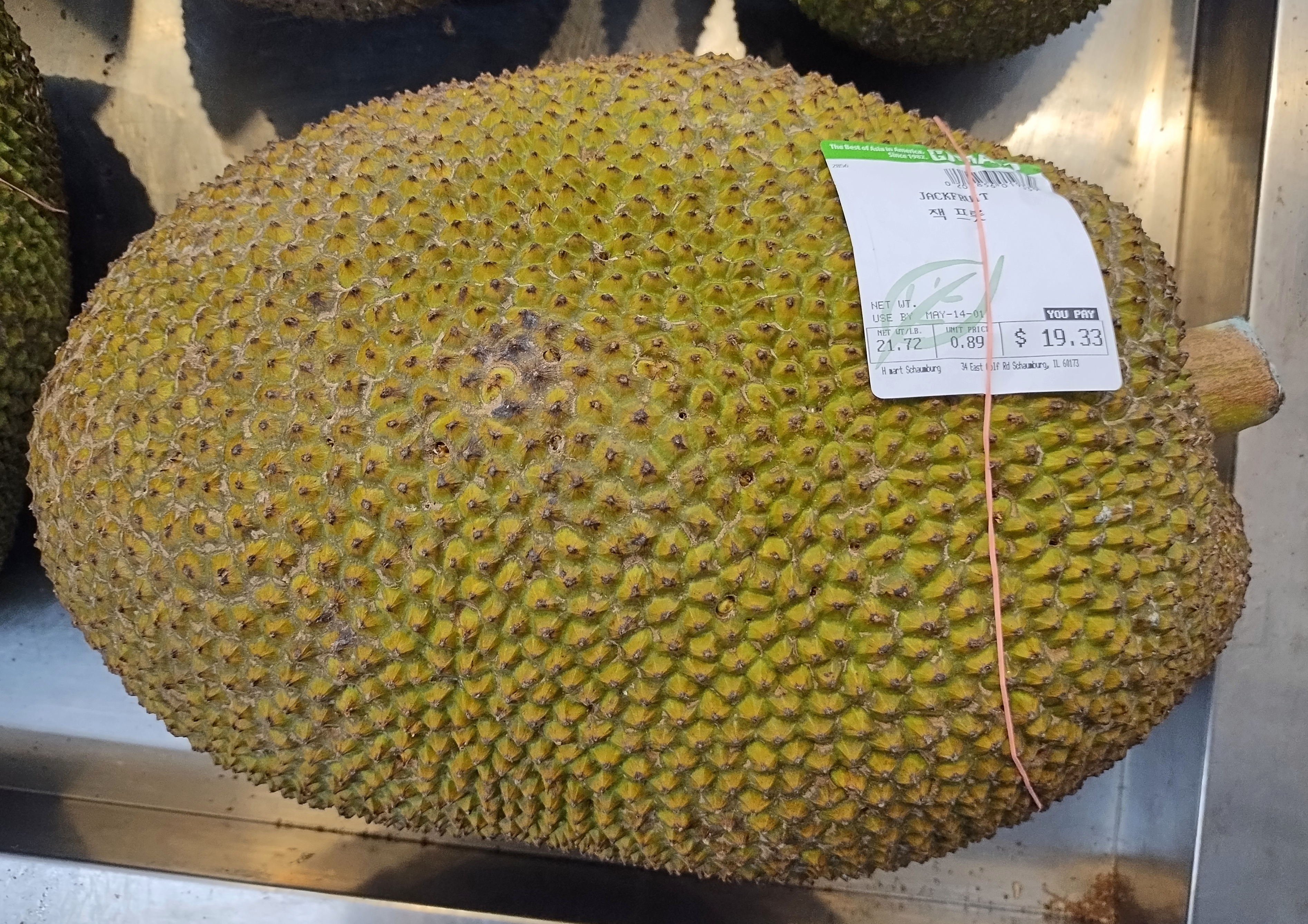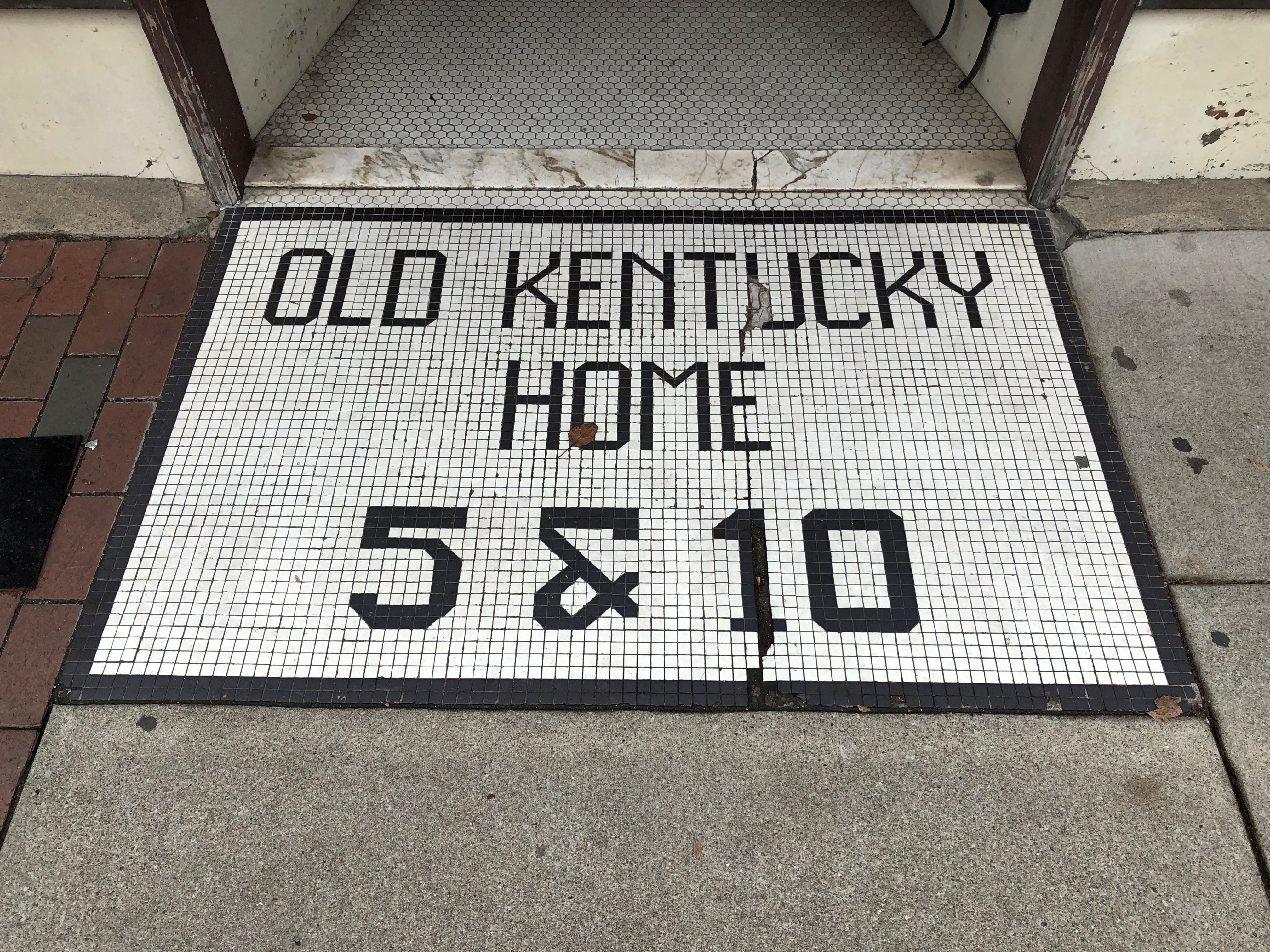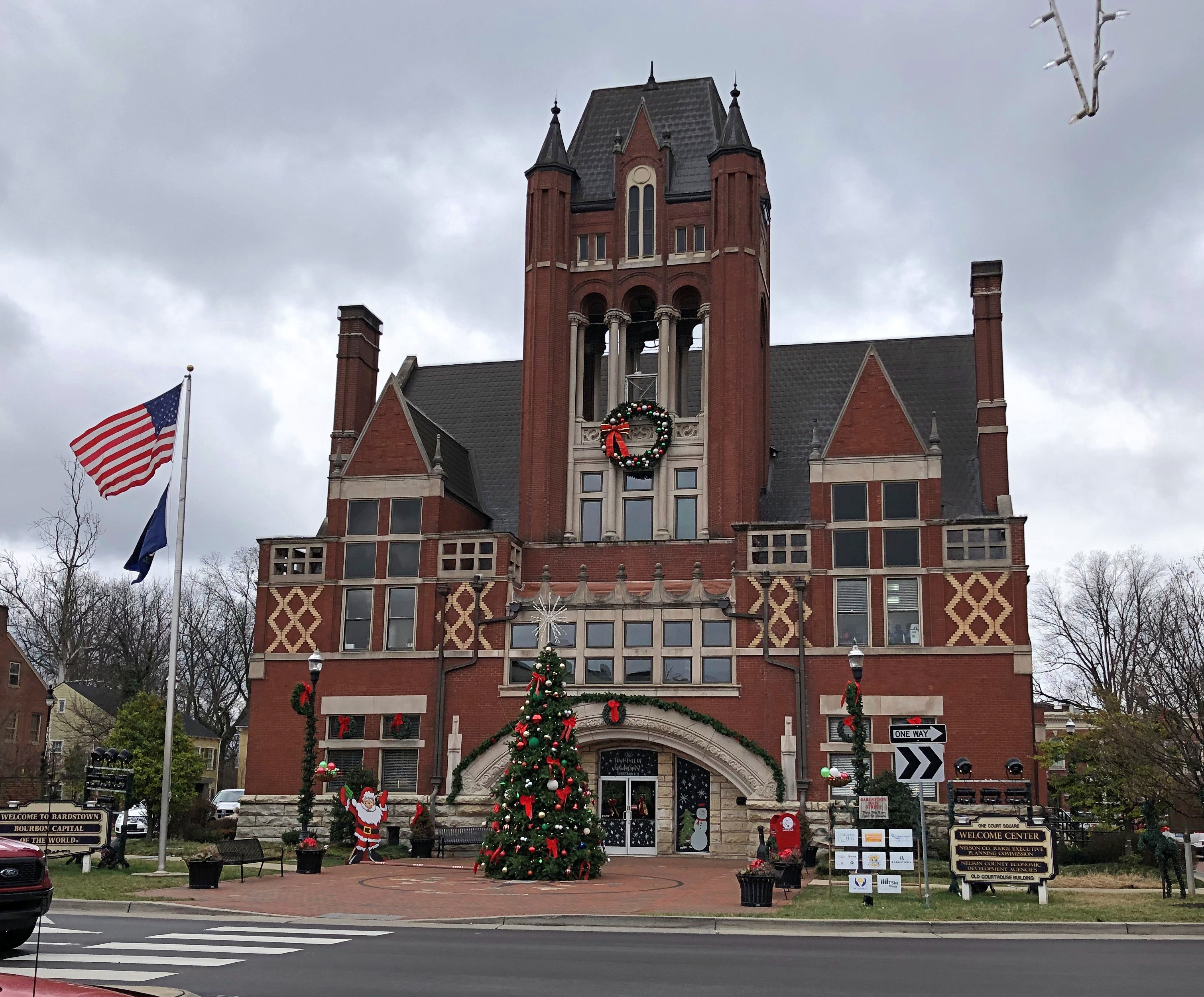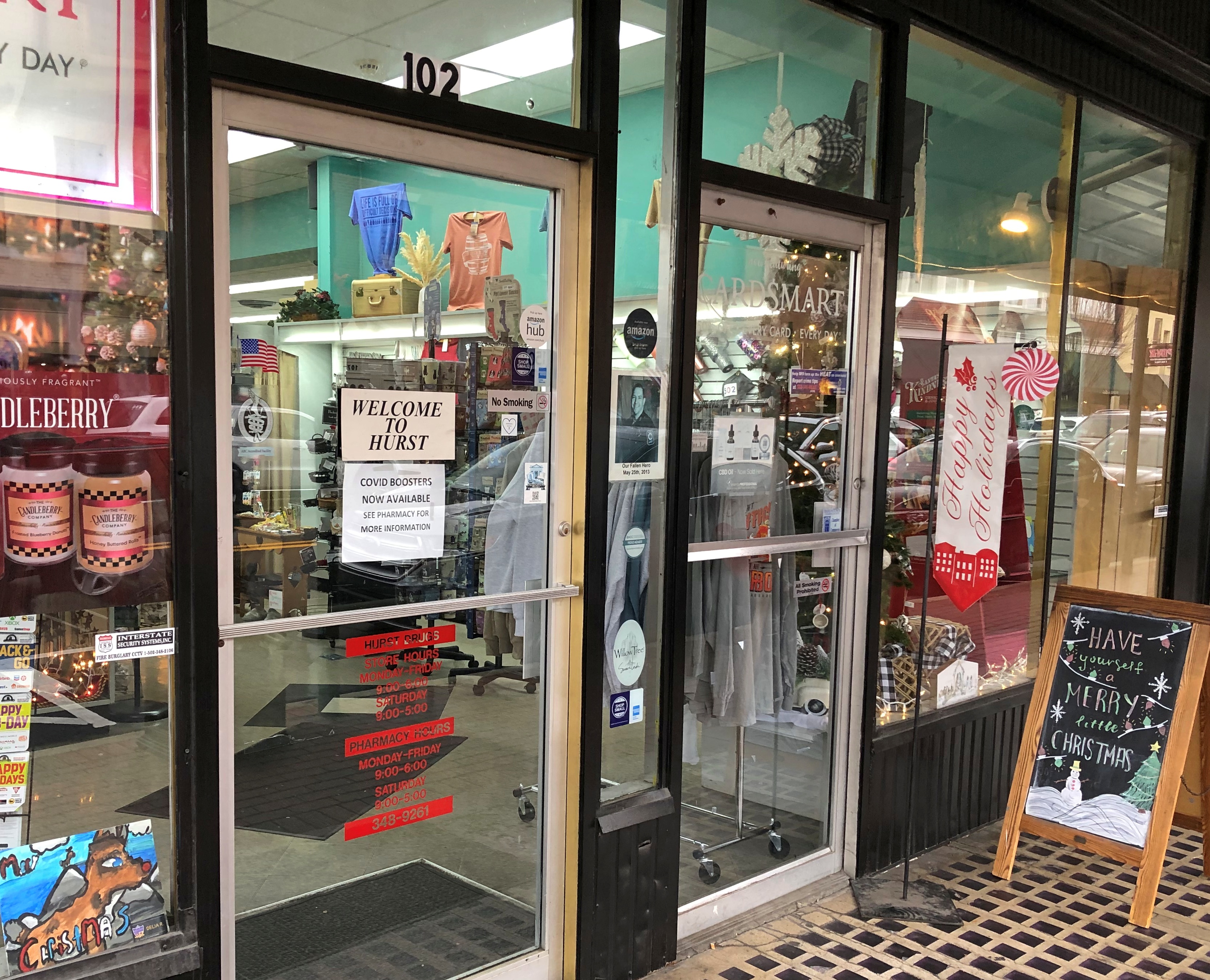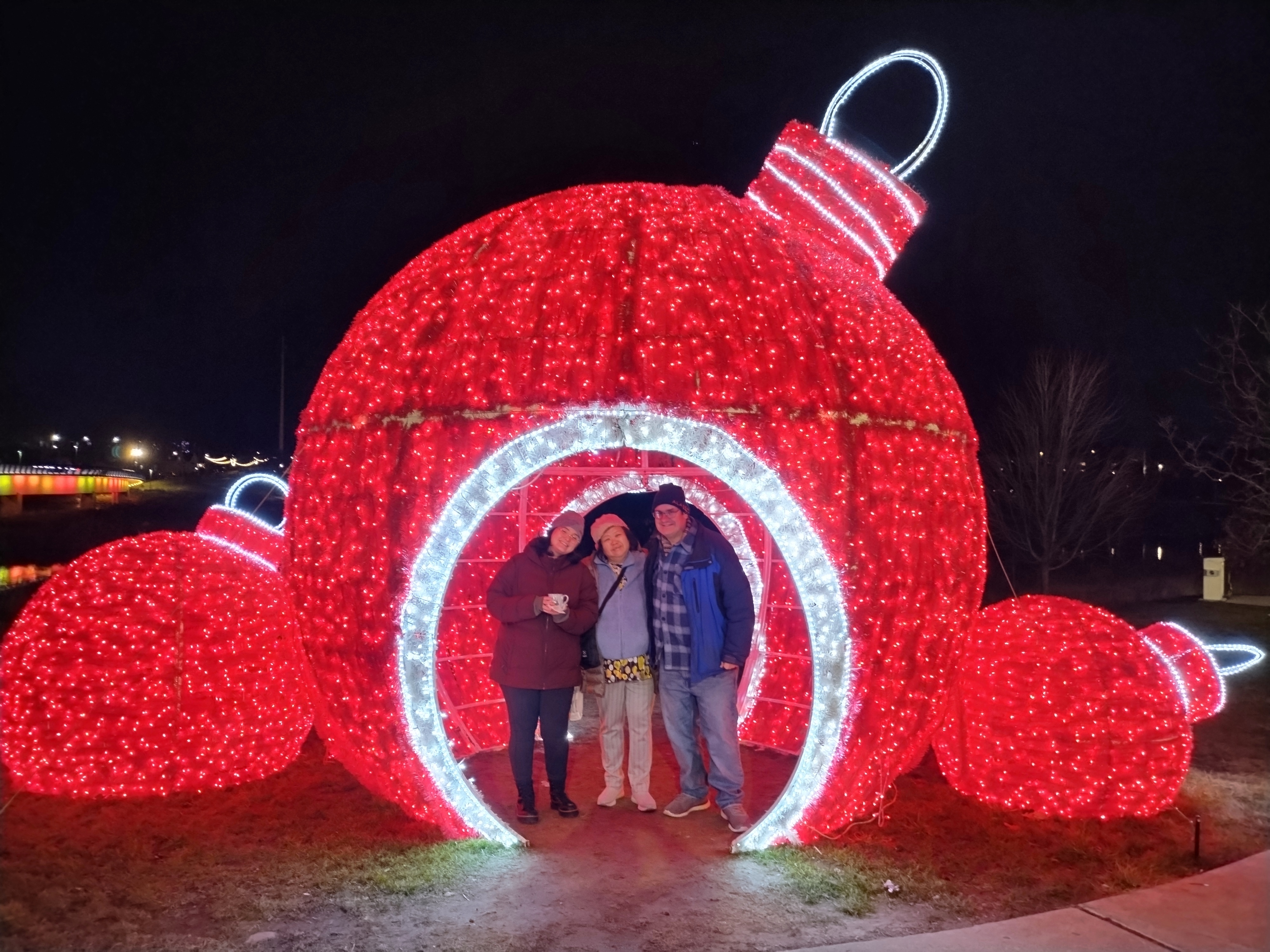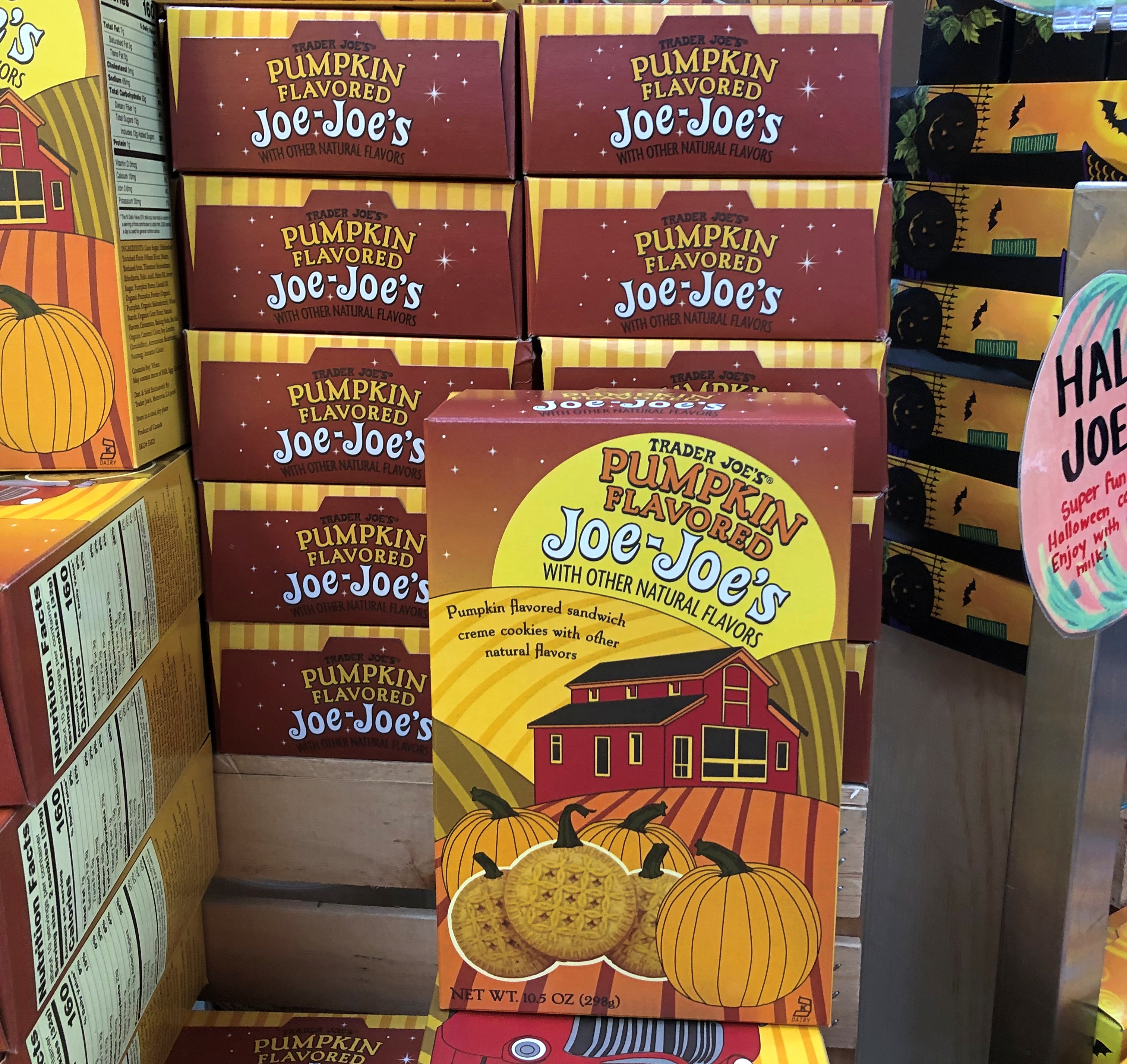Ann came home for spring break today. I offered to subsidize her expenses on a romp somewhere, even a mild sort of romp like my spring breaks of yore, such as to cloudy St. Petersburg, Florida, where we stayed at the condo belonging to the grandmother of one of our party (she wasn’t there) and found one of Vaughn Meader’s Kennedy records stashed away in her record collection. But Ann preferred to come here.
Remarkably, the fellow who produced The First Family in 1962, one Bob Booker, is still alive at 92, at least according to Wiki. Of course, he was only 31 then.
Saw this phrase at a supermarket recently, on banners hanging from the ceiling. Cha- ching!
The point in this case was to persuade shoppers that the store offers low, low prices. Save some cha-ching here or some such. I think most people understand that the phrase refers to cash register noise, and thus hard cold cash in one way or another, but it made me wonder how many people any more have even heard a cash register make a sound like that?
Because I am of a certain age, I have. I’m pretty sure the dime store I patronized ca. 1970 still had mechanical registers. But that was long ago, and even then the sound was a little old-timey. Now even the smallest stores in the nation’s remote backwaters use electronic registers, whose signature sound is a muffed beep-beep-beep that’s weak tea when it comes up to conjuring up images of drawers full of money. And yet cha-ching! lives on. Just another shiny bit in the jewel cave of English.
One more pic from Devon Ave. in Chicago on Sunday.
The mural is just outside the entrance to Cary’s, the bar I went to. As far as I saw, this was the only reference to Alice in Wonderland around. Why is it there? Why not?
Street View tells me that this small mural is a recent addition, too. It wasn’t there the last time the All-Seeing Eye passed by in November 2022. The bar’s wonderful neon sign has been there longer, appearing sometime between August 2007 (the first image available) and May 2009. That was a period of economic disruption, so maybe the bar did well enough to spring for the sign.
This from the NYT today: “President Biden has selected his education secretary, Miguel Cardona, to be the so-called designated survivor during Thursday night’s State of the Union address, a grim moniker meant to ensure at least one decision maker survives if a calamity were to wipe out the nation’s leadership assembled at the Capitol for the speech.”
Grim moniker, huh? Journalism might be a sickly industry, but journalese turns of phrase live on. Hard to imagine anyone actually saying that.
As for the office, the Secretary of Education is 15th in line to become president (vice president being first), which means that “designated survivor” is probably the only ghost of a chance of succeeding to the top spot, without the usual rarefied politicking of a presidential run, that the Secretary of Education has.
How long has that been a cabinet-level position? Right, the first one was during the Carter administration. Carving Education out of Health, Education and Welfare was, in fact, a campaign promise that he was able to keep, for what that was worth.

